Review: ‘The Dead Boy Detectives’ by Bryan Talbot and Ed Brubaker
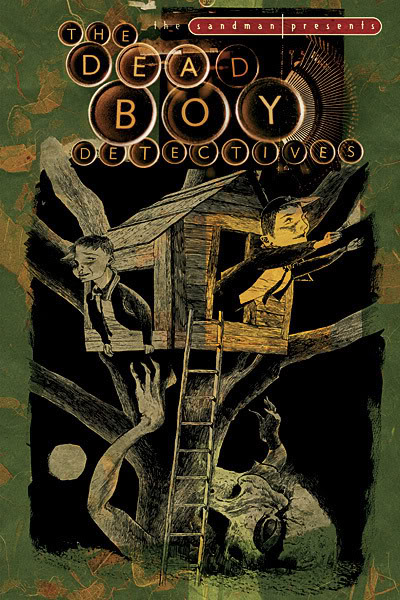 By my count, there are four good reasons to buy [[[The Sandman Presents: The Dead Boy Detectives]]], now out from Vertigo.
By my count, there are four good reasons to buy [[[The Sandman Presents: The Dead Boy Detectives]]], now out from Vertigo.
First, it’s cheap, at a slight $12.99 for some 100 pages of comics.
Second, it’s a heckuva good mystery yarn with plenty of occult elements.
Third, it’s part of The Sandman world, and there are plenty of readers who snap up anything associated with Neil Gaiman’s creation.
But the last — and, for me, best — reason to pick up the book is that it further illustrates Ed Brubaker’s dexterity as a writer. I’ve long said that the thing that makes him so talented is that if his name wasn’t on the cover of his comics, you wouldn’t be able to recognize him as the author (also, his books are all quite good).
Unlike a Grant Morrison, Warren Ellis or Brian Michael Bendis, Brubaker writes comics without stamping his voice all over them. And, in [[[The Dead Boy Detectives]]], he shows off a wholly new voice, slipping seamlessly into the world of the ghostly boy sleuths and their London setting.
Like all great P.I. stories, this one begins with a girl, then gets all weird with shriveled dead bodies, witches and immortal creeps. It’s not quite unpredictable yet manages to be surprising.
But, mostly, the great characterization of ghosts Charles and Edwin and their childish interplay is what makes this one a winner. Well, that and the other reasons listed above.
Van Jensen is a former crime reporter turned comic book journalist. Every Wednesday, he braves Atlanta traffic to visit Oxford Comics, where he reads a whole mess of books for his weekly Reviews. Van’s blog can be found at graphicfiction.wordpress.com.
Publishers who would like their books to be reviewed at ComicMix should contact ComicMix through the usual channels or email Van Jensen directly at van (dot) jensen (at) comicmix (dot) com.

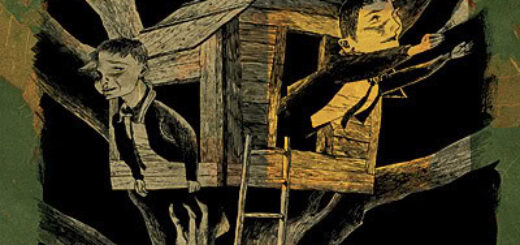
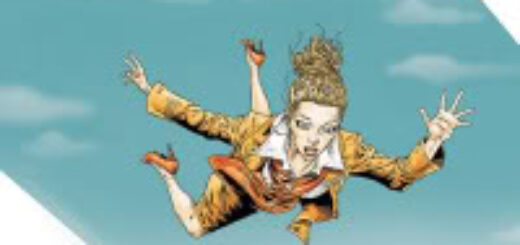
 There’s something so unabashedly original about writer G. Willow Wilson that it’s nearly impossible to not enjoy her comics projects, like last year’s graphic novel [[[Cairo]]] and this week’s new series [[[Air]]].
There’s something so unabashedly original about writer G. Willow Wilson that it’s nearly impossible to not enjoy her comics projects, like last year’s graphic novel [[[Cairo]]] and this week’s new series [[[Air]]].
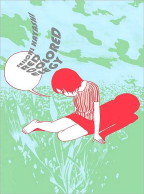 Red Colored Elegy
Red Colored Elegy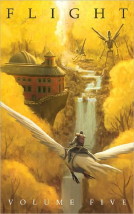 Flight, Volume Five
Flight, Volume Five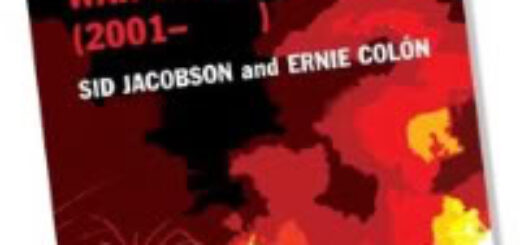
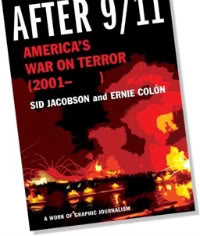 A few years back, Sid Jacobson and Ernie Colón came up with the novel idea of retelling the
A few years back, Sid Jacobson and Ernie Colón came up with the novel idea of retelling the 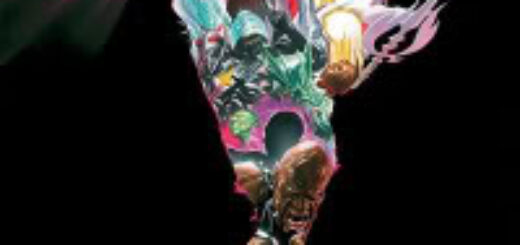
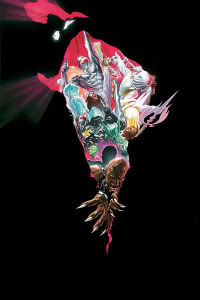 Kurt Busiek’s brain is about average-sized, I assume. And yet it contains this entire city, detailed down to every last resident’s personality and scrap of trash in the street.
Kurt Busiek’s brain is about average-sized, I assume. And yet it contains this entire city, detailed down to every last resident’s personality and scrap of trash in the street.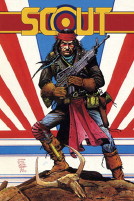 Scout, Volume Two
Scout, Volume Two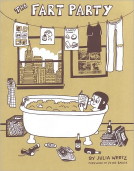
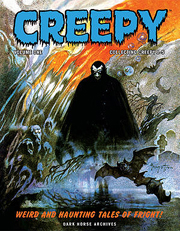 Pretty soon, this is going to turn into a review of Dark Horse’s [[[Creepy Archives Volume 1]]]. Hang in there; I’ll get to it, I promise.
Pretty soon, this is going to turn into a review of Dark Horse’s [[[Creepy Archives Volume 1]]]. Hang in there; I’ll get to it, I promise.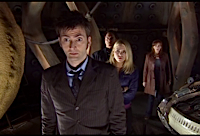 The hit BBC series
The hit BBC series 








